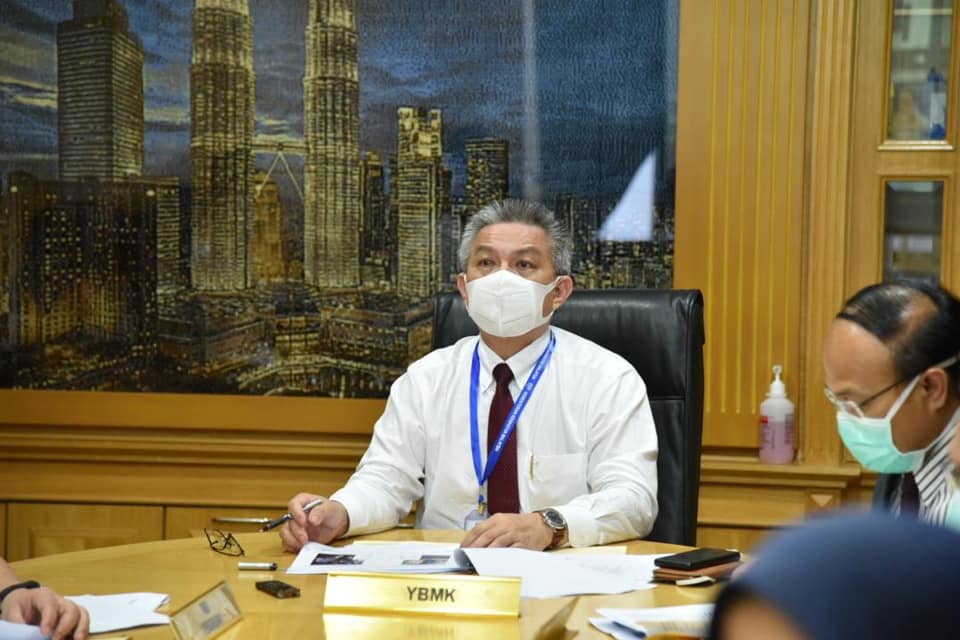KUALA LUMPUR, July 30 — The Perikatan Nasional government has reviewed the previous administration’s push for a nationwide electronic medical records (EMR) system in the public sector, launching a pilot project in Negri Sembilan instead.
Health Minister Dr Adham Baba acknowledged that an allocation has been approved for the Ministry of Health (MOH) this year to conduct an EMR System Expansion Pilot Project in nine district hospitals from different states.
But after a review, MOH has decided to amend the project into a Phase One National Electronic Medical Records (EMR) Implementation Project.
“The proposed implementation of the Phase One National EMR Project will involve all public health facilities in Negri Sembilan, including seven hospitals, 44 public health clinics, and 12 dental clinics,” Dr Adham said in a written parliament answer on July 28 to Kuala Selangor MP Dzulkefly Ahmad (Amanah), who is also his predecessor from the then-Pakatan Harapan (PH) government.
“The EMR system in each of these facilities will be integrated through the MyHix sharing platform which will also be improved. Through this comprehensive approach, we hope to develop a master patient index and lifetime health records,” Dr Adham added.
MyHix is a Health Information Exchange platform developed by MOH. Through this platform, patient health information can be shared between government health facilities easily, quickly and safely. According to the health minister, 10 hospitals and a public health clinic (Klinik Kesihatan) have integrated with this platform.
Additional service requirements, such as appointments and online patient registration, as well as electronic payment and virtual consultation, will be taken into account in the implementation of the Phase 1 EMR project, the minister said.
“Any expansion of EMR implementation nationwide is subject to the successful implementation of Phase One, as well as the project financing model which will be identified later.”
Dr Adham also said EMR has so far been implemented in 37, or 25 per cent, of 146 government hospitals, as well as in 97, or 9 per cent, of 1,090 public health clinics.
“By using this system, patients’ data is generated and stored digitally and no longer on paper. This can increase internal efficiency of patient information management while reducing the space to store medical records,” he said.
Dzulkefly had requested the health minister to state the current status of EMR implementation in storing patients’ information and records of their medical history in public health facilities across the country.
He also raised a question on MOH’s plan in implementing this digital system in all public hospitals and clinics, instead of just focusing on a few hospitals.
“Although efforts to develop the EMR system had been started over three decades ago, the progress achieved so far is still small. The main challenge was adapting rapid technological change as well as the constraints to get enough funds,” said Dr Adham.
“However, MOH is committed to expand the implementation of this EMR system to all public health facilities nationwide.”
This idea was proposed during the then-PH government. Then-Health Minister Dzulkefly had mentioned that the government must undertake key tech reforms to support the management of population health, to improve patient’s experience of care by enabling continuity of care and seamless transfer of information between caregivers, as well as to reduce the per capita cost of health care.








